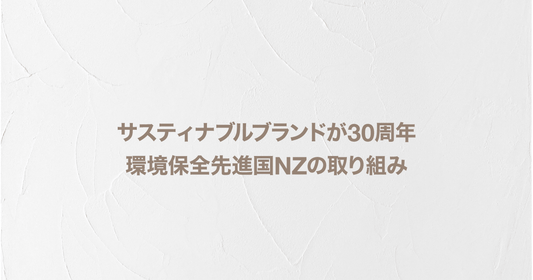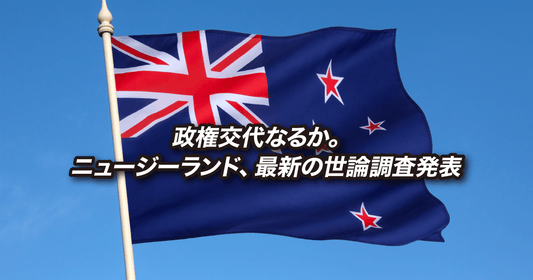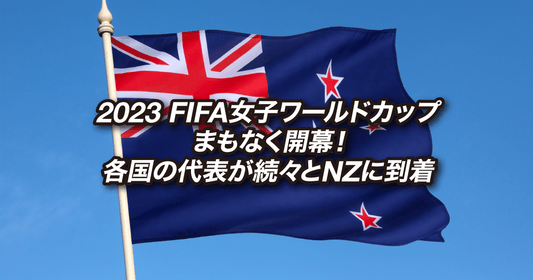
There are signs of recovery in New Zealand's tourism industry. Tourism may return to pre-COVID-19 levels sooner than expected.
Tourism hit hard by coronavirus pandemic
New Zealand closed its borders shortly after the spread of the new coronavirus began. Only people with citizenship or permanent residency, or people with government permission, were allowed to enter the country, and the number of tourists from overseas was virtually zero. As a result, tourism was limited to domestic tourists only, and the situation remained difficult.
At the peak of arrivals in December 2019, nearly 530,000 foreigners entered the country in one month, but when entry restrictions were imposed, the number sometimes fell below 2,000.
Then, in April of last year, entry into New Zealand from overseas was gradually permitted, from Australia, in May from visa-free countries such as Japan, and by July from most countries, and expectations for inbound tourism were rising.
The number of people entering the country increases sharply
Although it is still not as high as the peak, a look at the trend in the number of arrivals shows that the number of arrivals has rapidly increased, from 50,000 in April 2021, to 90,000 in June, and 150,000 in September.
According to the New Zealand Tourism Board, the number of international flights and tourists to New Zealand recovered to 57% of pre-COVID levels in October last year. In particular, arrivals from Australia have recovered to 74%, and spending has recovered to nearly 100%.
This recovery is apparently much faster than expected.
New Zealand is in the middle of summer in the southern hemisphere. November to February is the peak period for tourism, so we can expect good numbers this summer.
The Tourism Bureau is also running various promotional activities, and their promotional video has been viewed over 150 million times.
Labor shortages are an issue
However, New Zealand is currently facing serious staff shortages in hotels, airports, restaurants, and other areas. As a result, there are situations where reservations cannot be accepted even if people want to.
We are currently recruiting for every position, from jet boat drivers, front desk staff, chefs, service staff, mechanics, etc.
This is what a tour company based in Queenstown, a popular tourist destination on the South Island, says.
Auckland Airport was also looking to hire 1,600 staff at one point, and the severe staff shortage has had an impact on airport users, including longer than usual times for check-in and other tasks.
When hotels, their bars and restaurants are understaffed, they have to reduce the number of rooms available for booking or close restaurants some days a week, even though they still have vacancies. It's a dire situation.
The hotel industry is also crying out in despair.
People who enter the country on working holiday visas play an important role in filling this labor shortage. However, since March of last year, only 21,000 of the 39,000 people who entered the country on these visas have been able to do so, and some have criticized the Immigration Bureau for its slow response.
The government is investing in job fairs and educational programs in schools to attract talent to the tourism industry, but the labor shortage is likely to continue for some time.
If you're planning a trip to New Zealand, it's a good idea to plan well in advance.





